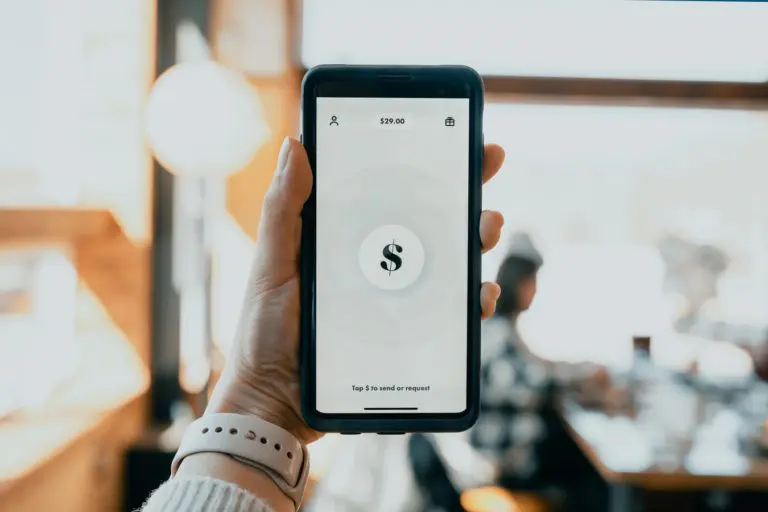How to monitor your child’s online privacy by tracking web activity

We live in an extremely fast-paced world where technology is far more advanced than when we were kids. Since today’s children are exposed to digital technology and gadgets early on, it is essential to create a safe environment for them online. The first step in this journey is ensuring your child’s online safety, and privacy is of paramount importance. With the vast amount of information and potential threats lurking on the internet, it’s essential to monitor your child’s web activity to safeguard their well-being and protect them from potential risks.
In this article, we will explore eight effective ways to monitor your child’s online privacy, providing you with peace of mind and the tools to keep your child safe.
- Establish Open Communication: Before diving into monitoring web activity, it’s crucial to establish candid and honest communication with your child. Explain the importance of online safety and privacy, and let them know that your intention is to protect them. Encourage them to share any concerns or incidents they may encounter online. By fostering trust and open communication, your child will feel more comfortable discussing their online experiences with you.
- Set Clear Rules and Boundaries: Discuss appropriate online behavior, time limits, and which websites or platforms are off-limits. Make sure your child understands the consequences of violating these rules. By setting clear expectations, you provide guidance and help your child make responsible choices when navigating the online world.
- Stay Vigilant for Suspicious Activities: Maintaining close supervision over a growing child’s online activities is essential to protect them from sensitive topics, phishing scams, and external frauds. One method to consider requesting the services of professionals like cell phone hackers for hire. These experts can help you monitor any suspicious activities on your child’s device, ensuring their safety and well-being. However, it’s important to note that this approach should only be used in extreme cases and with legal and ethical considerations in mind.
- Utilize Parental Control Software: Consider using parental control software to monitor and manage your child’s web activity. These tools allow you to set filters, block inappropriate content, and track their online behavior. Look for software that offers comprehensive features such as website blocking, time limits, and activity logs. With parental control software, you can maintain a safe digital environment for your child while still respecting their privacy.
- Regularly Review Browsing History: This simple yet effective method allows you to see which websites they have visited and identify any potentially harmful or inappropriate content. Use this opportunity to have conversations about the websites they visit and address any concerns or issues that arise. By staying vigilant and monitoring their browsing history, you can intervene if necessary and guide your child towards safer online choices.
- Teach Them About Cybersecurity: Educate your child about the principles of cybersecurity and the importance of protecting their devices from potential threats. Discuss the risks of malware, phishing attempts, and scams. Teach them about the significance of keeping their devices and software updated and the need for strong, unique passwords. By instilling good cybersecurity practices, you equip your child with the tools to navigate the online world safely.
- Encourage Responsible Social Media Usage: If your child is using social media platforms, it’s essential to monitor their activity and privacy settings. Help them understand the importance of privacy settings and the potential consequences of sharing personal information publicly. Discuss responsible online behavior, such as being respectful towards others and avoiding cyberbullying. By guiding their social media usage, you can ensure their online interactions are positive and safe.
- Educate Them About Online Privacy: Teach your child about the importance of online privacy and the potential risks associated with sharing personal information online. Emphasize the need to keep passwords secure and avoid sharing personal details with strangers. Educate them about the concept of privacy settings on social media platforms and the significance of being cautious about the content they post. By empowering your child with knowledge, they can make informed decisions and actively protect their online privacy.
In today’s digital landscape, safeguarding your online activity is paramount, and considering personal cyber insurance is a prudent step in mitigating potential risks. Personal cyber insurance provides a layer of protection against cyber threats such as identity theft, online fraud, and data breaches. By investing in personal cyber insurance, individuals can have added peace of mind knowing that they have financial and logistical support in the event of a cyber-related incident, helping to minimize the potential impact on their personal and financial well-being. As online activities continue to expand, having the right safeguards, including personal cyber insurance, is becoming increasingly essential.
Final Word:
The internet can bring about wonderful learning opportunities for children, but there are certain things they must be shielded from at such formative ages. While you can teach your children how to use their devices, it is also important to protect them by keeping a close eye on their online traces. Monitoring your child’s web activity is an essential aspect of guarding their online privacy and ensuring their safety. By implementing the strategies mentioned above, you can monitor your child’s online activities with care and provide them with the necessary guidance to navigate the digital world safely.









